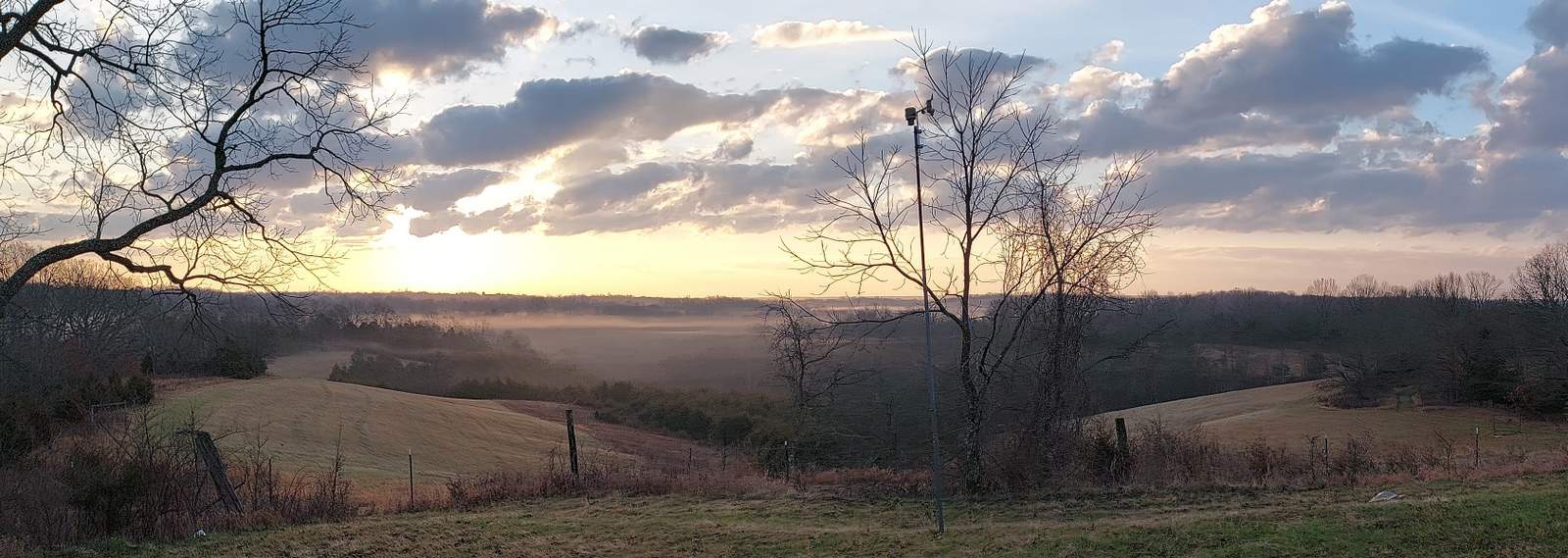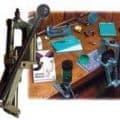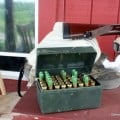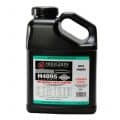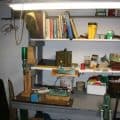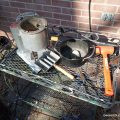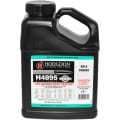From E-Mail (name withheld on request)
Oh, High and Lofty Shaman!
. . . I notice you have several pictures on your site of rounds loaded with green-colored bullets. I take it you do powder-coating. How does that work? I see all over, but it all looks way too complicated for ordinary mortals. How do you do it?
As with many of my reloading projects, I start out very conservatively. I get good results and then don’t push it any further. I find that this allows me to keep my face and fingers intact. So it was with my experiment with powder coating. It all started back in 2015 or thereabouts. We were in the midst of another Democrat-induced ammo shortage, and I thought I would investigate what it would take to up my game with bullet casting. My goal was to pick a reasonable subset of my centerfire firearms and see if I could make bullets for them. I wanted a reasonable selection, and at least one or two of my deer rifles.
As it happened, I had about a half-dozen firearms that were all shooting some manner of 35 caliber bullet, so I settled on that. I was already casting for 35 along with .44 and .45 pistols. This was not a big step up. However, I hit a wall when it came to my centerfire rifles. After a certain velocity, a simple cast lead bullet will not stand up to forces and leaves a good deal of itself inside the barrel. I was going to need to up my game. I bought molds for the task and went to work. In the end, I had bullets for the following:
- 125 grain — These worked nicely in my Ruger Blackhawk and my other 357 Mag pistols. I later found out the also work in all my 9mm pistols as well.
- 158 grain — I use these in my Marlin 1894 in 357 Mag. The load is stiff enough to take a deer.
- 200 grain — These require a gas check. I placed them on top of a 35 Whelen round under H4895 and found a very accurate load with 35 Rem velocities.
My problem lay with the latter two rounds. I was going to have trouble reaching effective hunting velocities. I started reading up on powder coating. Enter Yondering on the illustrious 24HourCampfire.com. Yondering had painstakingly tried a variety of powders and techniques and found a very specific method for applying powder coat to bullets with nothing more than a plastic sherbet tub and toaster oven. I tried it. It worked, and I have stuck to this method ever since.
Here is the link to the thread with Yondering’s Method: Powder Coating Quick and Easy
The trick to Yondering’s method is that you need to stick to exactly what he says. Do not wander. That does not seem like such a problem, but everyone I tell about this method comes back later and says it does not work. In troubleshooting it with them, I always find out that various heresies have worked their way in. The biggest one seems to be a fixation on using Harbor Freight powder coat. No. Yondering gives a specific product number in his text that you are supposed to buy from Powder by the Pound , and this and only this powder should be used. I myself contacted Yondering, asking for help. Somewhere in the discussion, Yondering asked what I was doing using airsoft pellets to mix the powder. I explained I had heard it spread the powder on the bullets evenly. Yondering told me to get rid of the pellets, and sure enough, my next batch of bullets improved.
One thing that is not covered in Yondering’s instructions is what sort of bullet to use. The answer seems somewhat contrary to what you would think. Normally, as you up the velocity, the bullet needs to be harder so that none of it sloughs off in the barrel. However, powder coating pretty much removes that possibility. Powder Coat is a tough material. I found that a softer alloy does better. If you start with wheelwright- type of alloy and add back 25-50% more lead, you get what you need. I found that insight at another source: CastBoolits.com
Views: 9
